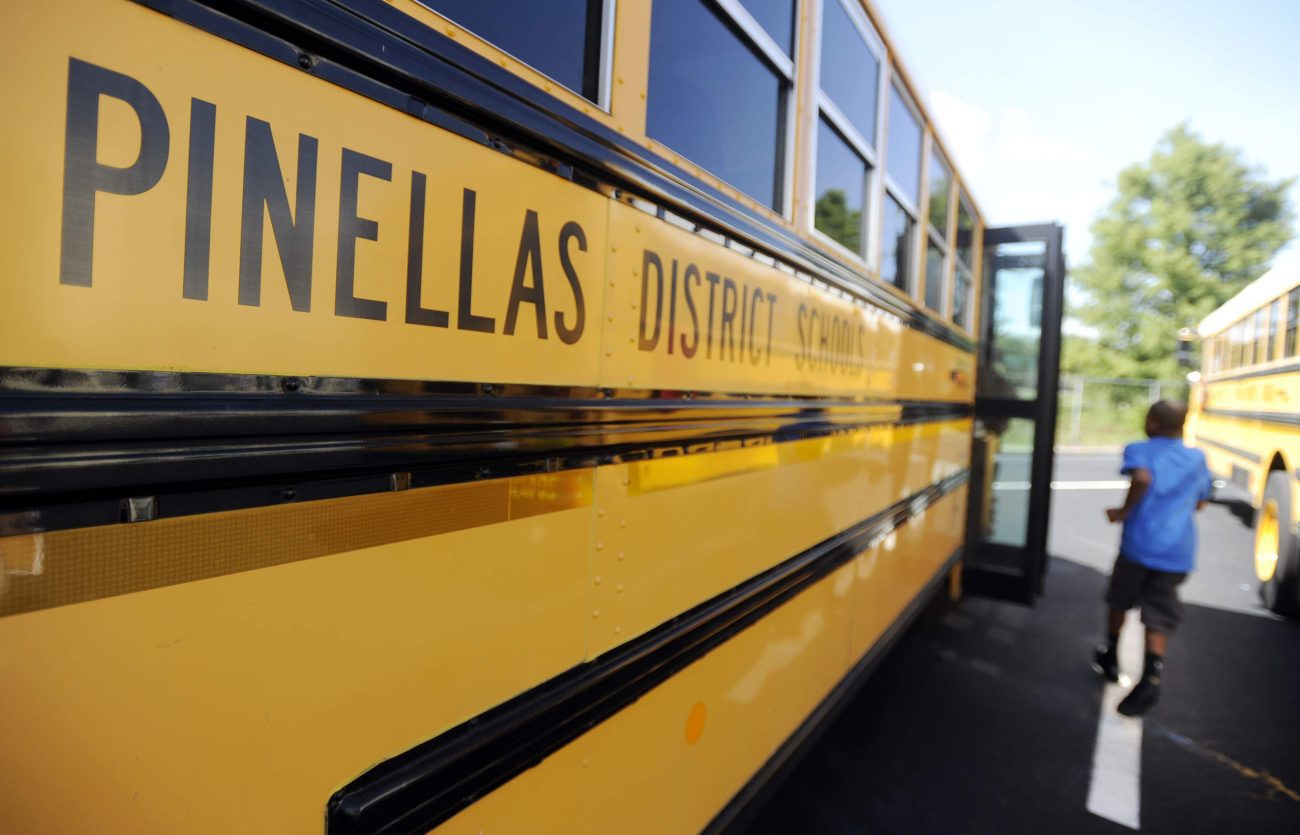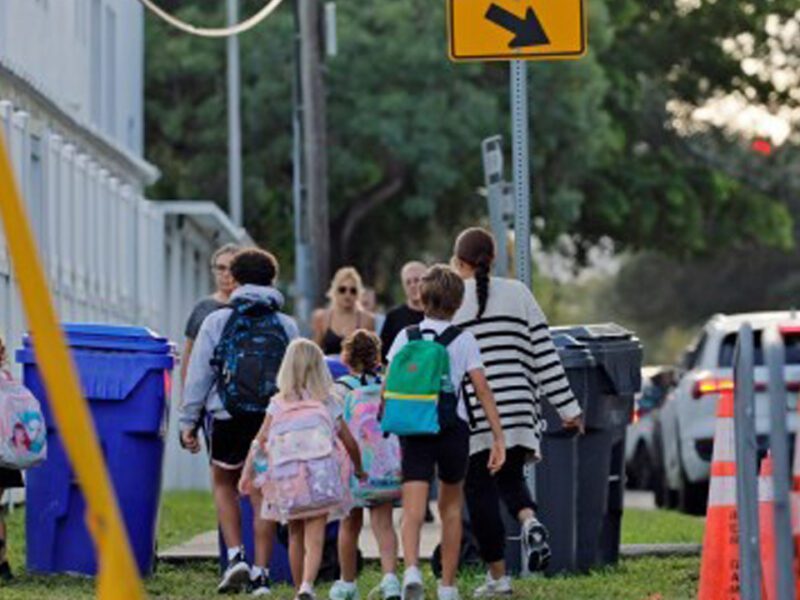
Pinellas scrambles for fixes with many school buses still running late
An unrelenting shortage of bus drivers leads to ideas like a GPS system allowing parents to track rides.
Tampa Bay Times | By Jeffrey S. Solochek | November 3, 2022
Matthew Dworkin has some critical views about the Pinellas County school district’s student transportation system.
His sixth-grade daughter has been “bus tardy” to school more often than not this year, and her performance is lagging as a result, the Gulfport dad said. His son’s bus often arrives at the pickup spot 35 minutes or more late, frequently without any notice despite the family having signed up for the “Bus Bulletin” alerts the district offers.
On the way home, their rides frequently get waylaid or rerouted to make up for missing drivers, with vague messages from the district that the buses might be delayed an hour or more. It makes for difficult planning, several parents said, if they want to retrieve their children without missing too much work.
“It’s rough enough being a kid, and having gone through years of virtual school and masks and all of that,” Dworkin said via Facebook. “Now they are missing time at school and homework time and family time because Pinellas County is still not able to service their needs or adapt to whatever the current climate is after two years.”
He is not alone. Several other parents shared similar complaints about both the service and the notification system.
“A reliable bus with reliable and accurate communication should not be a luxury for our kids,” parent Jessica Siebold said via Facebook.
District officials are hearing the message. And they said they are attempting to make improvements, though it’s not as easy as they’d like.
Superintendent Kevin Hendrick said efforts are afoot to provide parents more accurate, real-time information about daily bus routes, and plans are underway to shift school schedules as a way to make busing more efficient.

In the meantime, they’re implementing stopgap measures such as reorganizing class schedules for the students who regularly arrive late, and providing activities and snacks for those who frequently spend extra time waiting for a ride back home.
As of mid-October, 92% of buses were on time to school in the mornings, and 89% were on time delivering students back home, transportation director T. Mark Hagewood told the School Board recently.
“That’s pretty good, considering what we’re going through right now,” he said.
As is the case with school districts across Florida and the nation, Pinellas has struggled to keep all its bus driver and bus aide positions filled. In the 2021-22 school year, Hagewood said, recruiting efforts made little headway. At the same time, the district had two to three retirements or resignations weekly.
After call-outs for sickness or other absences, Pinellas was averaging about 100 drivers short daily for its 402 routes.
Over the summer, the district called about 5,000 families whose children were assigned to routes they didn’t use, to see if they needed bus rides for the coming year. When the review was complete, it deleted 39 routes.
To stem the tide of departures, the district promoted 200 drivers by a pay grade in addition to providing the new state-mandated minimum wage. Now it has only about 45 uncovered routes daily, Hagewood told the board.
“We are in a better position than we were last year,” he said.
But it’s still not good enough, officials acknowledged.
They’re in the process of testing a new GPS-based bus tracking system so parents can have better information about where their children’s rides are. It’s in place at two schools, with plans to roll it out districtwide as soon as all the details are worked through, district spokesperson Isabel Mascareñas said.
Parent Katie Hines, whose children attend Midtown Academy, welcomed the pending upgrade. This week, Hines received notification that her kids’ bus would be 60 minutes late, followed by a second message that the delay might be up to 90 minutes.
Parents were encouraged to stay at the bus stop, as the bus might arrive earlier. It did.
“I would love the GPS system, in addition to proactive messaging,” Hines said via email.
Beyond the new tracking app, the district also is looking at what it called “floating start times.” That means not all schools at each level would start at the same time, with some opening maybe 20 minutes earlier than the others, and some 20 minutes later.
Hendrick said Hurricane Ian offered evidence that such a shift could have significant impact. The district released students early at three schools because of the storm, putting 40 buses on the streets at a different time than usual.
“It was the most efficient and on time we’ve been all year,” Hendrick said. “There are definite efficiencies in doing that.”
He stressed that schools would not be starting at 5 a.m. to make such a model work, adding that no specifics have been established.
School Board members told the staff to take the necessary steps to improve the system. They’ve received plenty of calls from parents upset about children missing their first period classes, in addition to those not getting home in a timely manner.
Outgoing board member Nicole Carr suggested the district might also work more closelywith the county’s transit system to help alleviate the problems.
Dworkin suggested the district needs an all-of-the above approach to the situation. A new alert system by itself, for instance, doesn’t solve anything.
“Real-time knowledge of where the bus is reduces parents’ anxiety,” he said. “But unless they expect it to provide analytics that help them optimize the routes it won’t help my daughter, who is failing the class that she gets to 20 minutes late half of the time.”





